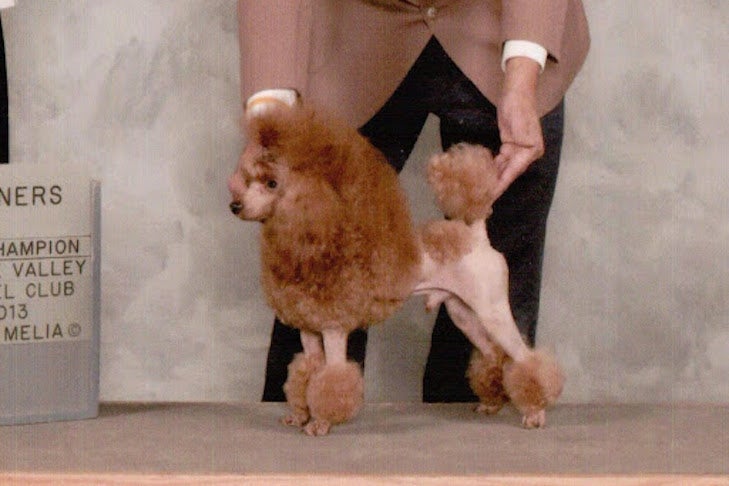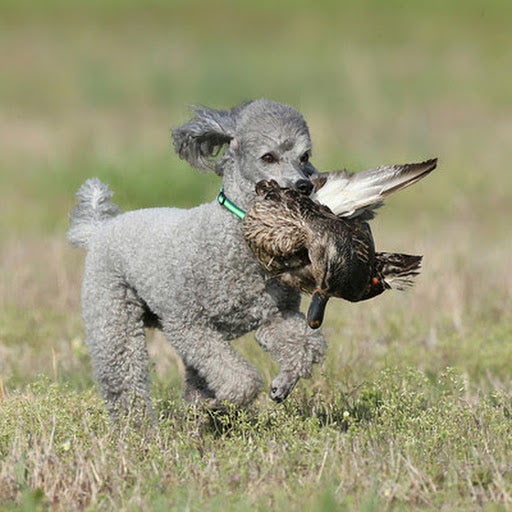
The Merriam-Webster Dictionary defines “breed” as a group of usually domesticated animals or plants with identifiable characteristics that distinguish them from other members of their species; especially a group that’s characteristics are preserved by controlled mating or propagating.
“Breed type” refers to basic form. The entire dog must be taken into consideration in determining proper type. However, the head is the hallmark of many breeds and is a vital factor in deciding whether such breeds are a good or bad type. Every breed has its own distinct type. It should come first in the breeder or judge’s final selection, for without type, the breed loses its identity.
Today, there are more than 400 recognized breeds of dogs in the world. Many have origins dating back hundreds, even thousands, of years. Wherever humans have lived, dogs have lived alongside them performing various tasks. One of the reasons dogs have been such a successful species is because they are so adaptive. They have made themselves useful in so many ways that we kept feeding them, providing shelter, and breeding them.

It’s no accident that we have dogs able to hunt, herd, guard, track, and do so many other things at an astounding level. Humans figured out quickly that if you bred dogs that were good at certain tasks, you would get offspring that were also good at doing them. The jobs that dogs performed helped humans survive.
The performance or job description determines the shape and look of the breed (form). The job (function) provides the test for soundness — does the dog have the soundness required to perform the work of the breed? Form and function can never be separated; both are necessary.
The adage, “Breed for type, cull for soundness,” emphasizes the importance of keeping form and function in mind when you select for characteristics that define breed type. Yet, no subject causes more angst among dog people than the question of what is more important — type or soundness?
Understanding Type
Breed standards are based on breed type. To understand the type of a specific breed, ask yourself:
- Where was this breed developed?
- What health issues does this breed have?
- What was the breed’s purpose?
- Is that purpose the same today?
- What kind of personality, body structure, and coat did it take to do this job?
- What breeds went into developing this breed?
- How do you continue to breed away from health issues but toward type?
- What are the key differences of breeds similar to your breed?
Selecting for Traits Is a Trade-off
Successful breeders are consistent with their selection process over the years, maintaining a picture of the type they wish to produce and recognizing the traits that will make progress more difficult. Desired traits will vary from breed to breed.

Size and proportion are important selection priorities in some breeds and not so important in others. Other traits might include:
- Temperament and intelligence
- Health, longevity, soundness, and hardiness
- Head, eye, and expression
- Color, coat texture, and coat quality
- Tail set and carriage
- Legs and feet
- Fronts and rears
- Reproductive ability
These are not in order of importance, however temperament and health should be high on every breeder’s list.
The sire has considerable influence over the traits passed on to the puppies. Therefore, it is extremely important that a breeder identify the potential of a sire and recognize when the bloodline has run its course or is in decline — in other words, when to use a specific sire and when to move on. As a very successful Hereford cattle breeder once said, “A good bull is half of the herd, and a bad bull is all of it.”
In summary, if you understand your breed standard, the standards of similar breeds, the history behind your breed, and its past and present function, you’ll have a better chance of having puppies that exhibit proper breed type.
These Are NOT the Same Breed…

Consumers have an expectation of what their puppies will grow up to look like, what they will do, and how they will act. Will your puppies fit their expectations? Make sure you discuss this with puppy buyers.
Dale Hunsburger is an AKC Senior Breeder Field Representative.


